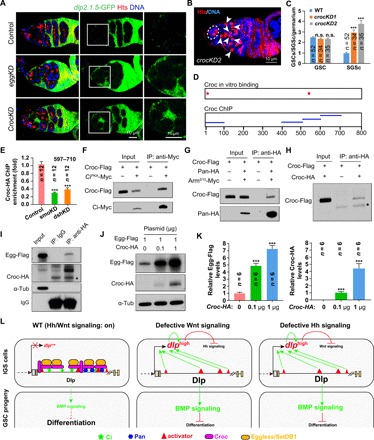Fig. 6. Hh/Wnt pathway downstream transcription factors Ci and Pan can recruit Croc, which subsequently recruit Eggless/SetDB1, to the dlp2.1.5 region.

(A) Compared with WT, dlp2.1.5-GFP expression is up-regulated in eggKD and crocKD IGS cells (brackets) 5 days after knockdown. (B and C) Fourteen-day croc knockdown in IGS cells causes the accumulation of SGCs (arrowheads) (C: CB/SGC and GSC quantification results). n.s., no significance. (D) Summary diagram showing the Croc binding sites in the dlp2.1.5 region based on EMSA and ChIP results in fig. S8 (H to J). (E) ChIP-qPCR results show that the binding ability of Croc to dlp2.1.5 is significantly reduced in smoKD or dshKD IGS cells compared with WT. (F and G) In S2 cells, CiPKA-Myc and Pan-HA can bring down Croc-Flag. CiPKA is a noncleavable active full-length Ci, whereas ArmS10-Myc is the active Arm protein, which can bind to Pan for nuclear import in the absence of Wnt signaling. (H) In S2 cells, Croc-HA can bring down Croc-Flag, indicative of potential dimerization or oligomerization. (I) In S2 cells, Croc-HA can bring down Egg-Flag (IgG as a negative control: *, a nonspecific protein recognized by the anti-HA antibody). (J and K) Coexpression of Croc-HA can significantly increase Egg-Flag protein levels in S2 cells (empty plasmid used to normalize total transfected DNA; K: quantification results on Egg-Flag and Croc-HA levels). (L) Schematic diagram explaining how Hh/Wnt signaling–mediated direct Dlp repression maintains their interdependence and prevents BMP signaling, thereby promoting GSC progeny differentiation. Scale bars, 10 μm. (***P ≤ 0.001).
